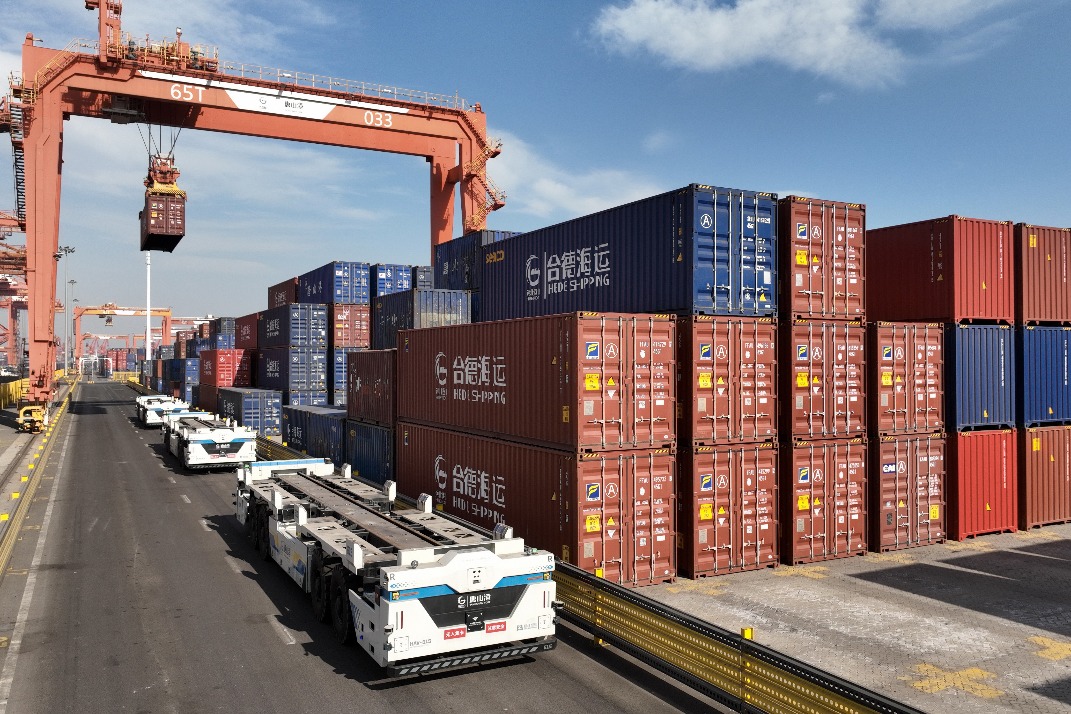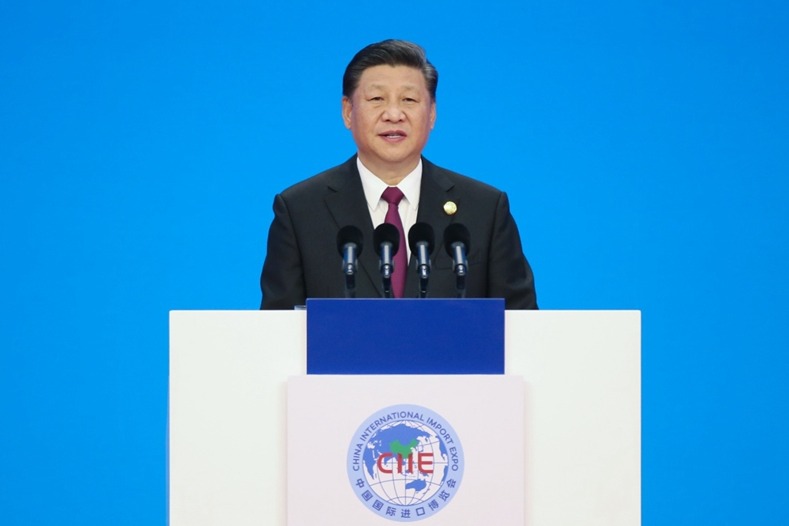Ceramics center
Major ancient white porcelain site provides important link to past, Cai Hong reports.
By Cai Hong | China Daily | Updated: 2024-04-27 17:34

Liu says that when Chinese ceramic specialists including Chen Wanli and Feng Xianming from the Palace Museum began searching for places where ancient porcelain wares were produced, they spurred cultural heritage authorities across the country to launch archaeological surveys of ancient kilns in the 1960s and 1970s.
The scholars located the ancient Huozhou kilns in Chencun, which lies on the western bank of the Fenhe River, the second-largest tributary of the Yellow River. Shards and kiln tools were found scattered in abundance along the banks of the Fenhe River, a sign that the ancient kilns of Huozhou were of a relatively large scale.
The Fenhe River, which originates in the north of Shanxi province, is one of the few rivers to flow from north to south in China, where rivers mostly flow from the highlands in the west to the coast in the east.
Chencun is the fief site of Huo Guo, the younger brother of King Wu of Zhou in the Western Zhou Dynasty (c. 11th century-771 BC), and the descendants of later generations there take Huo as their surname, according to China News Service.
Shanxi authorities put Chencun village on the list of protected major cultural heritage sites in 1986. The multiple surveys done from the 1970s to 1990s helped give experts an idea of the Huozhou kiln complex, with bun-shaped kilns and brick caves for unburnt earthenware for drying found. The relic sites were buried underground, 1.5 meters to 5 meters deep, Liu says.
The village was put under national-level protection in 2006, the highest protection level approved by the central government for immovable cultural relics.
























